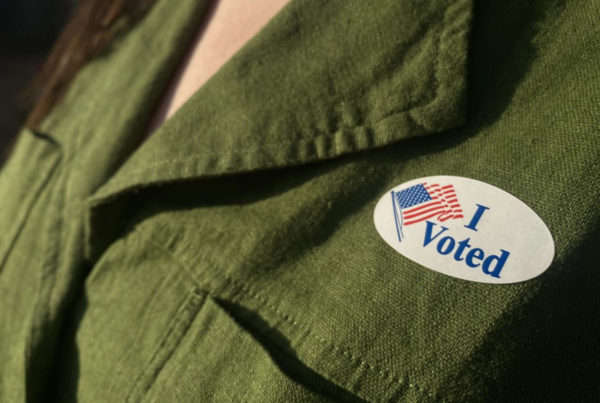News of a diesel shortage may be the latest grim story from the energy sector to make the rounds, but consumers might have more to be spooked about.
Liquified natural gas prices could pose a treat for those in Texas looking to save on their electric bills, but could put producers in a tricky position. But the biggest horror story could come from the looming end of President Joe Biden’s decision to release up to 180 million barrels of oil from the U.S. Strategic Petroleum Reserve.
Matt Smith, lead oil analyst at Kpler, joined the Texas Standard to break down what consumers should expect with these shifts in the energy market. Listen to the story above or read the transcript below.
This transcript has been edited lightly for clarity:
Texas Standard: I’m not sure “happy” applies here, although definitely the scary part does. Over the weekend I was hearing stories in various places online saying that U.S. diesel inventories are frighteningly low. In some places they were saying maybe a 15-day supply of diesel in the U.S. – is that right?
Matt Smith: Yes. So U.S. distillate inventories are just above May’s low of 104 million barrels, which is in itself a 17-year low. And we’re potentially going to break below that in the weeks ahead here; it’s quite likely. The thing is, though, this is not a new phenomenon. It’s been kind of a slow burner of problems since the start of the pandemic because refineries dialed back on activity, because gasoline demand was cratering amid lockdowns, which meant less diesel was produced, even though there was trucks still continuing to move products and goods around the U.S. So that demand took a lesser hit. So inventories essentially have been gradually drawn down since the pandemic or during the pandemic. Now, the really low level ahead of high winter demand – and there’s the added pressure that the global market is tight as well because Europe is pivoting away from Russian diesel – and so diesel prices in Texas, for example, are at $4.74 a gallon, and that’s only down $0.50 from the record highs we saw in mid-June.
Is there a danger that we just run out of supply here? Given that we’re at historic low levels of diesel, how spooked should we be by this?
Not too spooked in that prices will rise so much that it will stop so much diesel being exported because we export over a million barrels per day. It will also encourage imports as well. So it’s perhaps a little more you know, we shouldn’t be quite as freaked out, but it is a historically low level, which is causing these concerns.
Well, let’s turn to U.S. natural gas prices. What about the recent weakness that we’ve seen there? A trick or a treat for Texas?
Well, it’s both, actually. So it’s a treat for us as end users because it means that our electricity bills will be lower, you know, much lower than we thought perhaps three months ago. But it makes it more tricky for producers because they earn less for that natural gas. Now, natural gas prices are actually rallying strongly today, but they have dropped from $9 in MMBtu in late summer to $5 recently. And that’s not just because the U.S. has had a slow start to winter, but more importantly, so has Europe. So there was this expectation that Europe would be scrambling for supplies as temperatures dropped. But as it has been balmy there, they actually have basically full storage in LNG cargoes waiting offshore – that liquefied natural gas. Hence, there’s not quite the heightened demand for U.S. exports of LNG as was previously expected, at least at this point.
Shifting gears to the U.S. Strategic Petroleum Reserve: This is what President Biden had that unprecedented release of 180 million barrels this year, trying to drive down gasoline prices at the pump, and that’s coming to an end in November. Are we set for some scarier times once that’s over?
Yeah, this is perhaps the most spookiest one, from the perspective that commercial inventories will be around record lows from records going back to the 80s, if we hadn’t been tapping the strategic reserves over this year. And that 180 million barrels is such a big number, and it’s worrying that that’s going to come to an end in November. So what will happen when that stops is that stocks will drop into year-end. And because of that, you have this inverse relationship. You know, lower stocks will likely see support for oil prices. The real kicker comes in that the market could be really spooked given that this will coincide with sanctions being implemented on Russia at the same time that OPEC is looking to cut production. So, yes, perhaps a horror story emerging there.
Yeah, it does sound scary indeed. Any any relief in sight? I try to ask you this, looking for some good news every time we talk, but it seems like it just kind of gets worse.
Yeah, I’m not sure I’ve got anything good for you. The problem is, is that if we do see prices moving lower, it’s potentially because of, you know, recessionary concerns. And so yeah, it’s tough times at the moment. I’m sorry.














